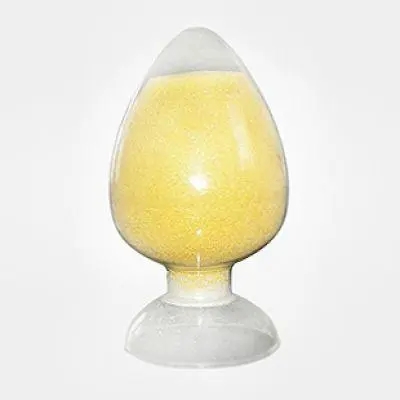Supply High-purity Phospholipid, Chinese Manufacturer
Time:2024-10-23
The production process of concentrated phospholipids differs significantly from that of ordinary phospholipids. Here is a detailed comparison of the two production processes:
1. Raw Material Processing
·Concentrated Phospholipids: The primary raw material is soybean oil, which undergoes processes such as decolorization and deodorization to obtain high-purity raw materials.
·Ordinary Phospholipids: The raw materials are typically plant oils or animal fats, but they may not require such stringent decolorization and deodorization treatments.
2. Neutralization Treatment
·Concentrated Phospholipids: The raw materials are heated to an appropriate temperature, and suitable acids, bases, or other substances are added for neutralization to remove impurities and off-flavors.
·Ordinary Phospholipids: The neutralization process may be relatively simple, with different acids and bases used, along with varying conditions.
3. Concentration Treatment
·Concentrated Phospholipids: A vacuum concentration device is used to concentrate the neutralized raw material at specific temperatures and pressures to remove moisture and improve the quality of the phospholipids.
·Ordinary Phospholipids: This step may not require such rigorous concentration processes, or the methods and equipment used may differ.
4. Emulsification Treatment
·Concentrated Phospholipids: To reduce particle size, emulsification is carried out by adding concentrated phospholipids to an emulsification tank, where emulsifiers are added and thoroughly mixed using high-speed stirring.
·Ordinary Phospholipids: Emulsification may not be a necessary step in the production process, or the methods and conditions may vary.
5. Other Treatments
·Concentrated Phospholipids: After emulsification, additional processes such as cooling, filtering, and packaging are conducted to enhance product quality and taste. Certain food additives, such as sweeteners and flavorings, may also be added as needed.
·Ordinary Phospholipids: These subsequent treatment steps may be relatively simple, or certain specific treatments may not be required.
6. Innovation in Production Processes
·Concentrated Phospholipids: With continuous technological advancements, the production processes for concentrated phospholipids are also evolving. Some manufacturers are adopting enzymatic methods or ultrasound-assisted enzymatic methods to prepare phospholipids, which offer advantages such as ease of operation, shorter reaction times, and higher yields while preserving the natural characteristics of phospholipids.
·Ordinary Phospholipids: Traditional production methods primarily involve mechanical or chemical extraction of phospholipids. Although these methods are relatively simple, they often face issues such as high impurity levels, low yields, and severe environmental pollution.
The production process for concentrated phospholipids is more complex and refined than that for ordinary phospholipids, encompassing raw material processing, neutralization, concentration, emulsification, and other treatment steps. Additionally, with ongoing technological advancements and innovations, the production processes for concentrated phospholipids continue to be optimized and improved.


 CN
CN





